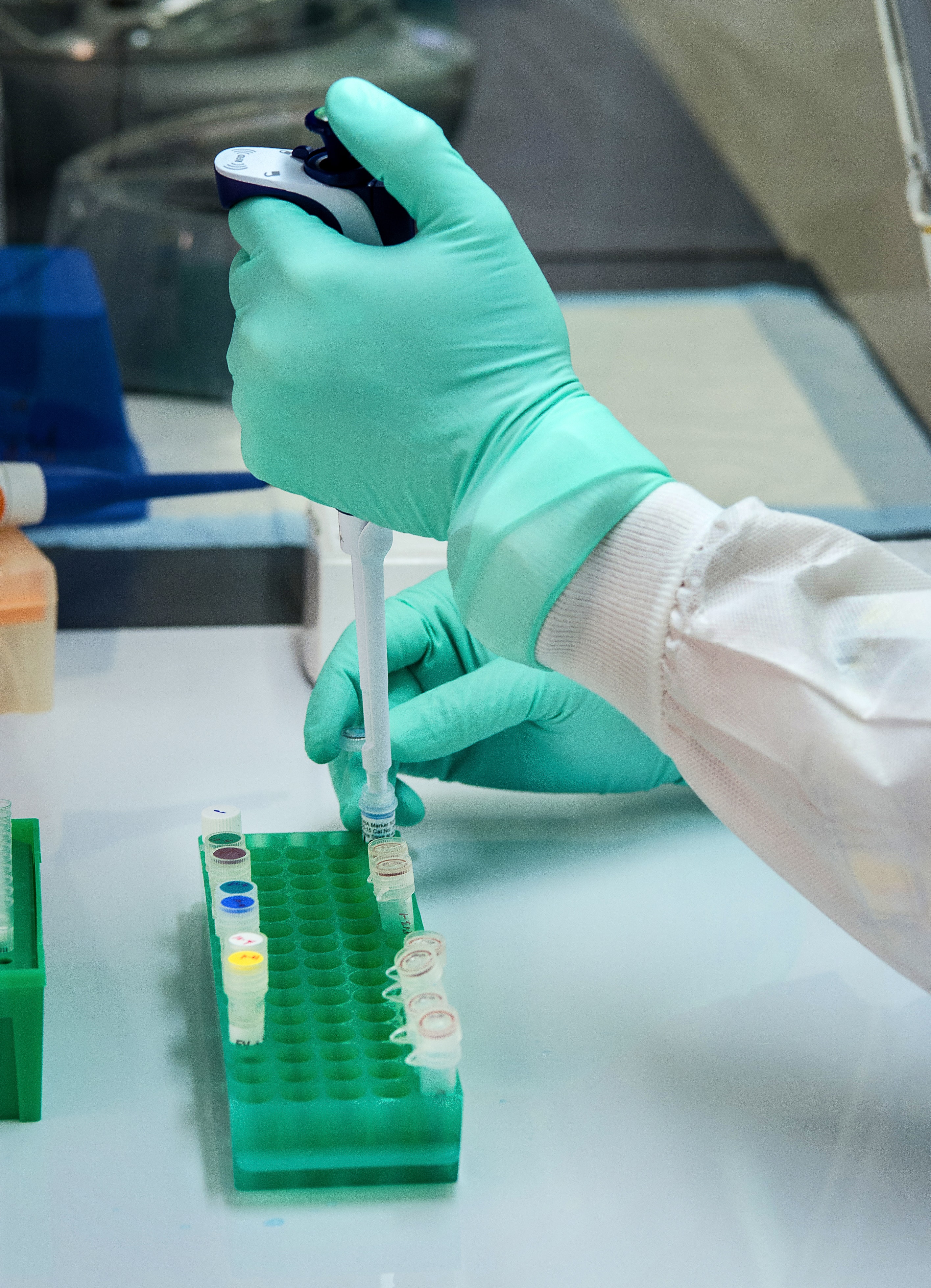Aggregated News

A new form of the genome-editing technique CRISPR could provide a more accurate way to edit mutations that cause genetic diseases. The approach, which was tested in fruit flies, fixes a genetic mutation on one copy of a chromosome by using the equivalent chromosome – inherited from the other parent – as a template.
CRISPR usually works with a protein called Cas9, which acts as molecular scissors to cut through the two strands of a DNA molecule at the site of a targeted sequence. This can allow new DNA sequences to be inserted between the cuts to replace the mutated gene.
However, this insertion usually works for less than 10 per cent of cells and insertions can occur in incorrect, or off-target, regions of the genome.
Now, Ethan Bier and Annabel Guichard at the University of California, San Diego, and their colleagues have developed a new form of CRISPR that can more efficiently insert correct DNA sequences at the site of a mutation, with fewer off-target effects.
“I was blown away,” says Bier. “In general...



